Table of Contents[Hide][Show]
Hair dye is a lot of different things to a lot of different people. For some it’s self-expression, a piece of their identity, for others it’s a touch of youth or a new beginning. Whatever it is to you, it shouldn’t be damaging. Hair dye has always been filled with harsh chemicals and toxins, but up until recently most of us didn’t know enough about their effects on the body to realize how detrimental it is.
But times are changing. The growth of organic hair care products has been booming in the last decade due to the widespread awareness of holistic wellness including what you put on and in our body. And it’s only growing. In hair care specifically, the market for natural and botanically derived products is expected to soar to 6.7 billion by 2023 according to Crystal Market Research.
What’s in your hair dye?
This comes as no shock when you think about the survey held in the United Kingdom that estimates women change their hairstyles about 150 times over the course of a lifetime. This includes coloring and dying their hair, as well as styling and cutting. For those of us that choose to dye our hair, it can really add up. Covering roots can have you using hair dye every two months or more. That’s a lot of exposure to the traditional, toxic chemicals in hair dye like ammonia, resorcinol, paraphenylenediamine (PPD) and para-toluene diamine (PTD).
Whether you’re covering the grays or just enjoying a bold, new color, it is possible to dye your hair without covering your body in harmful chemicals. We’ll walk you through the confusing world of hair dyes and guide to safer and cleaner alternatives.
Toxic ingredients to watch out for
Ammonia and Resorcinol
These two chemicals are very severe and harsh. They give your hair that pongy smell you feel like you need to wash out after a dye job. Because of their severity they have been linked to skin and eye irritations as well as extreme cases of respiratory problems like asthma and breathing difficulties. Not to mention they damage the quality of your hair, leaving you with hair that looks like a witches wooden broom.
Paraphenylenediamine (PPD) and para-toluenediamine (PTD)
These two long, hard-to-pronounce chemicals are derivatives from something much more common, petroleum. They are very quick to irritate sensitive skin types, causing severe allergic reactions. They are even linked to bladder cancer, lung, kidney, and nervous system disorders.
All four of these highly common chemicals can raise the pH level of your hair far beyond its normal balance. They also degrade the protein in your and wick away moisture leaving you with head of colorful but very dry and brittle hair.
Persulfates
Perfulfates are sodium, potassium and ammonium sulphates that are safe for occasional use, provided the skin that comes in contact with it is thoroughly rinsed after use. When buying products with persulfates 60% concentration is safe, but if the product is 17.5% or lower it can cause asthma and lung damage.
Hydrogen Peroxide
Hydrogen peroxide is most commonly known for its use in hair bleach. The chemical is actually banned in Japan and restricted in Canada because of findings that showed it can damage DNA leading to cancer.
Lead Acetate
Lead Acetate is used for gradual darkening of the hair and is well-known for its damaging effects on the brain and nervous system and even increasing levels of lead in the body. The chemical has been banned in Canada and Europe and is considered a carcinogen in California.
4-ABP
Some studies show 4-ABP is linked to the development of cancer.
Quaternium-15
This chemical can release formaldehyde…the stuff used to preserve dead bodies and a known carcinogen.
Alkylphenol ethoxylates (APEs)
APEs are thought to be a hormone disruptor.
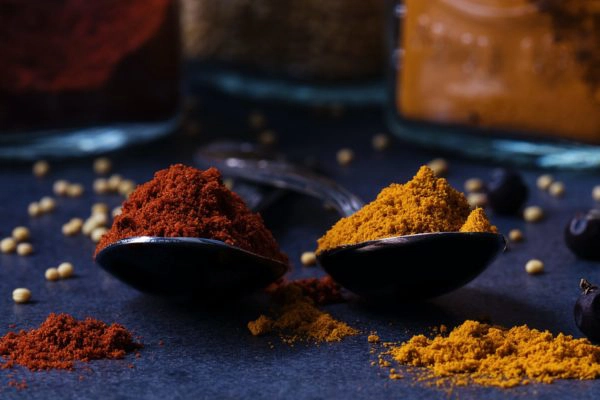
Alternatives to toxic hair dyes: natural hair dyes
Now onto the fun part. Here are some DIY ways to naturally get the color you crave at a price that won’t bleed you dry and still maintain your hair’s health
. These home tricks are color enhancers so they may not be as permanent as chemical dyes. If you incorporate the hair treatment into your weekly self-care routine it will become a wonderful way to show your body some natural love and a nice break from your week to pamper yourself.
Beetroots and carrots (juice)
As you might assume the deep red and orange color work to give you natural and brilliant red hair.
Turmeric
If you’ve cooked or worked with turmeric at all you know it can stain almost anything with it vivid golden yellow. This also applies to your hair.
Lemon juice
Lemon juice is a timeless trick for natural sun-bleached hair and groovy highlights. It can even aid in the removal of hair dye!. As a brunette who was always curious if blondes actually do have more fun, I want to warn you that if you have dark brown hair lemon juice may give it a brassy color that’s not ideal. So test it out on a small patch on the underside by painting it on before a day on sunbathing and be sure to flip your hair when you lay out.
Coffee
Coffee is a brunette’s best friend as we age. The warm browns of coffee naturally cover any grays while also adding dimension to dark tresses. Since coffee is a bit acidic we recommended adding a strong cup of coffee to leave-in conditioner for hydration and color depth.
Tea
Chamomile works for darker hair but also adds textural color to blondes giving them lowlights.
Plants and herbs
For red hair try calendula, marigold, rosehips, and hibiscus. For brunettes and those with dark hair we recommend rosemary, nettle, and sage. And for the blondes, there is calendula, marigold, saffron, and sunflower petals.
Henna
Redheads and brunettes looking for a bit of an auburn touch should try henna hair coloring.
Walnut shells
The walnut’s coloring can take anyone from blondes to brunettes to a deep, deep brown.
Specialized powders
These each require specific instructions, but cassia powder, henna powder, indigo leaf powder, alma powder and neem powder can all be combined in various ways to make pastes specific to different hair colors.
Important things to consider when buying natural hair products
pH levels
Always check the pH levels of your hair products. You’ll want conditioning products that are more alkaline to apply after using a dye. This will balance out the high pH of the hair coloring treatment.
Beware of ‘greenwashing’
Watch out for products hide their toxic chemicals behind greenwashing marketing. Some products will claim that they are “ammonia-free” and create natural-looking branding but still contain other harmful chemicals.
PPDs in dark colors
It should be noted that permanent dark colors will always have some PPDs. In America, the legal maximum is 2% in any product. Even brands that really try to be a natural alternative could contain as little as .06%.
Permanent dyes, in general, will always have chemicals. If you opt for the permanent hair coloring the trick is to choose the least damaging one. Look for the dyes that contain the least amount of the chemicals listed earlier in this article.
To keep the color for a longer period of time and minimize the amount of dye you are putting on your head you can rinse out your color with apple cider vinegar to help the color last longer.
It should be noted that pregnant women are strongly advised not to dye their hair at all while carrying a child and breastfeeding thereafter.
Going natural
Going au natural is a wonderful move for your hair and body health, but it does take time and repetition to get the desired results. The best way to do it is to make it fun and looking at it as a way to pamper yourself.
If you’re not a DIY enthusiast, we recommend Morroco Method: their natural henna dyes are purely botanica. Morrocco Method Henna is 100% chemical free and contains no harsh metals, parabens, or toxins that irritate the hair and scalp. No matter the color of henna, it is deeply nourishing, conditioning and the perfect alternative to harsh chemical hair dyes. Sounds incredible and too good to be true? Try it for yourself.
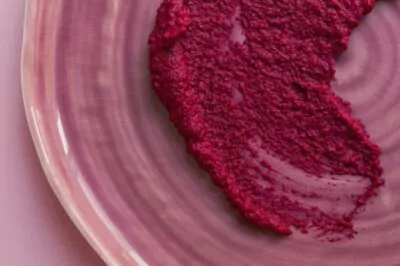

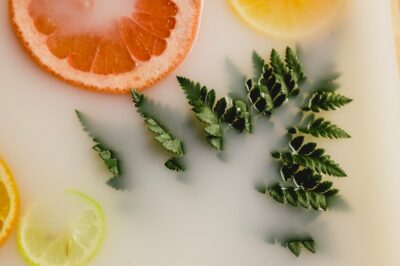
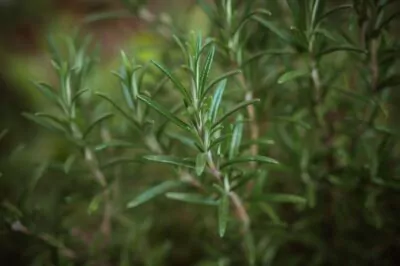
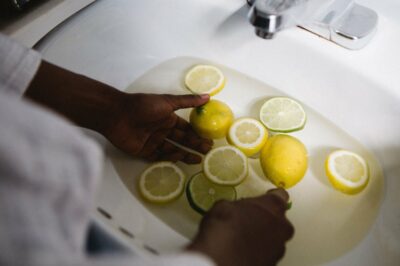
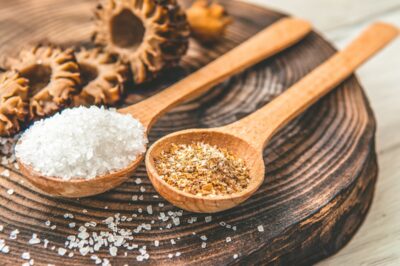
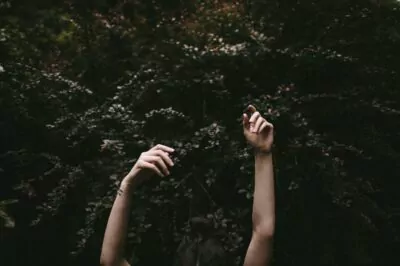
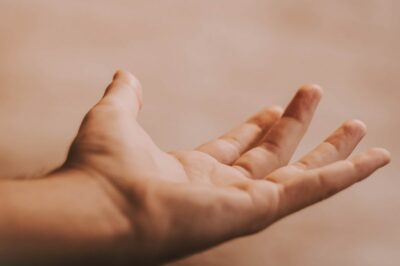
My hair is dark grey and I want to lighten it to make it blonder. I look tired and washed out, so I need something to perk me up and give me more color. I do have cancer, so I can’t do any chemicals. I’m still wanting to look more alive and younger. What can I use to accomplish this?